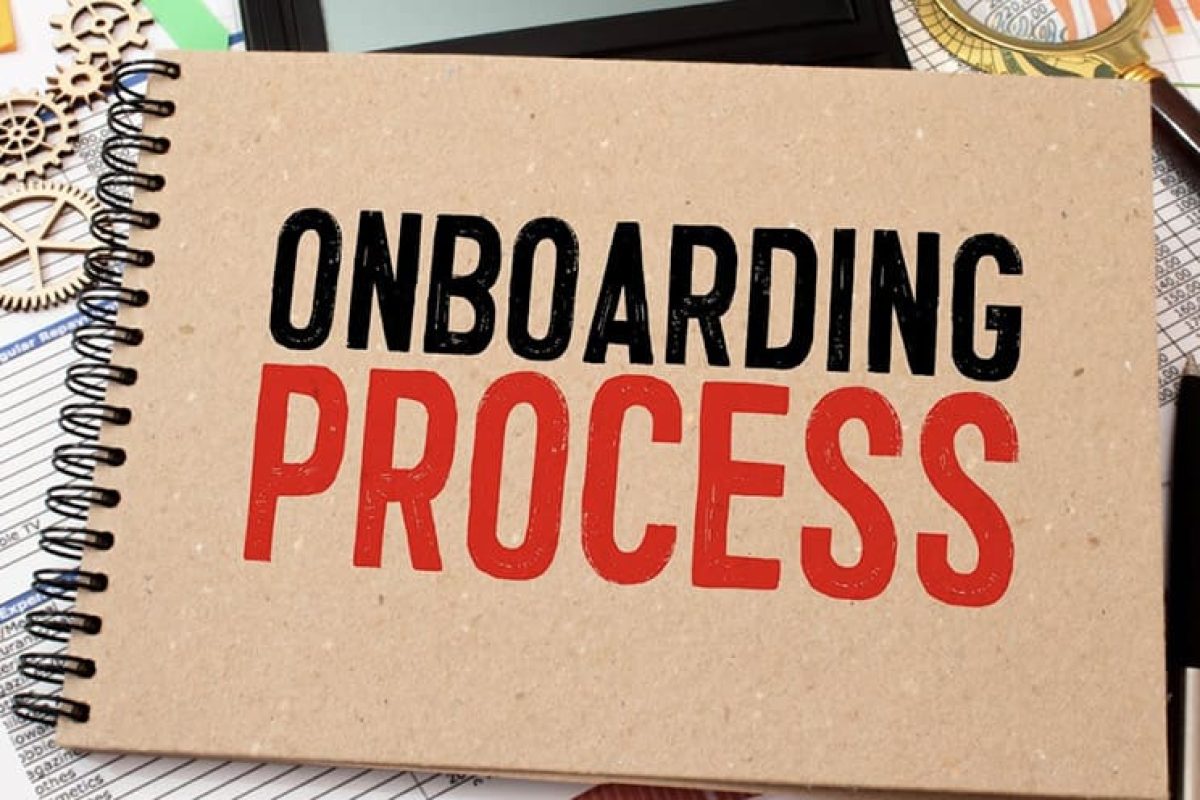Expanding your business into Kuwait requires adherence to local labor laws and an efficient onboarding process. Here’s a comprehensive guide to the key documents and processes needed to onboard employees in Kuwait:
Onboarding Process: Step-by-Step Explanation
Step 1: Job Offer and Acceptance 📩
Trigger: After selecting the right candidate.
Action:
- Job Title: Clearly define the position, duties, and reporting structure.
- Compensation: Outline salary, allowances, and any additional benefits.
- Start Date: Agree on a mutually acceptable joining date.
- Working Hours: Mention the standard 8-hour workday and 48-hour workweek.
- Benefits Overview: Include entitlements like social insurance and company-specific perks.
- Probation Period: Typically up to 100 days in Kuwait, as per labor laws.
Outcome: Formal acceptance of the job offer allows progression to the contract stage.
Step 2: Employment Contract 📝
When It’s Used: After the job offer is accepted.
Action: Draft a written contract aligned with Kuwait labor law, including:
- Job Description: Clearly outline the employee’s responsibilities.
- Compensation: Detail salary, bonuses, allowances, and deductions.
- Leave Entitlements:
- Annual Leave: 30 days per year (after one year of service).
- Sick Leave: Up to 15 days at full pay, 10 at half-pay, and 10 without pay.
- Public Holidays: At least 13 public holidays annually.
- Working Hours: Specify regular hours, overtime, and breaks.
- Termination Conditions: Include notice periods and grounds for dismissal.
Outcome: A signed employment contract ensures legal compliance and protects both parties.
Step 3: Residency and Work Permit 🛂
When It’s Used: Before employment begins.
Action:
- Work Visa: Arrange for a work visa before the employee enters Kuwait.
- Residency Permit (Iqama): Register the employee for a residency permit after arrival.
- Medical Examination: Complete mandatory health checks to validate the work permit.
Outcome: The employee is legally authorized to work in Kuwait.
Step 4: Tax and Social Security Registration 💰
When It’s Used: Prior to the employee’s first salary payment.
Action:
- Tax Registration: Ensure compliance with Kuwait’s limited tax obligations, primarily for expatriates from countries with reciprocal agreements.
- Social Security: Enroll Kuwaiti employees in the government social insurance program. Expatriates are typically not eligible for this benefit.
- Bank Account: Assist the employee in opening a local bank account for salary deposits.
Outcome: Ensures payroll compliance and smooth salary processing.
Step 5: Health and Safety Orientation 🦺
When It’s Used: On the employee’s first day or earlier.
Action:
- Safety Protocols: Provide workplace safety guidelines specific to the role.
- Emergency Procedures: Train employees on evacuation plans and first aid.
- Protective Equipment: Supply personal protective equipment (PPE) as needed.
Outcome: Employees are well-informed about health and safety expectations.
Step 6: Payroll and Benefits Enrollment 📊
When It’s Used: Within the first week of employment.
Action:
- Bank Details: Collect and process employee banking information.
- Benefits Enrollment: Register employees for health insurance and company-sponsored perks.
- Overtime Policy: Explain the overtime rates, typically 125-150% of the normal wage in Kuwait.
Outcome: Employees are integrated into the payroll system and receive entitled benefits.
Step 7: Policies, Training, and Feedback 📚
When It’s Used: Throughout the first month and probationary period.
Action:
- Workplace Policies: Introduce employees to the company’s code of conduct and workplace policies.
- Training Programs: Conduct role-specific and compliance-related training.
- Probationary Feedback: Review performance during the probation period and provide constructive feedback.
Outcome: Employees are well-acquainted with workplace expectations and have an opportunity to settle into their roles.
Summary Table of Key Onboarding Steps in Kuwait
| Step | Action/Details |
|---|---|
| Step 1: Job Offer | Job Title, Compensation, Start Date, Working Hours, Benefits, Probation Period |
| Step 2: Employment Contract | Job Description, Salary, Leave Entitlements, Termination Conditions |
| Step 3: Residency & Work Permit | Work Visa, Residency Permit (Iqama), Medical Examination |
| Step 4: Tax & Social Security | Tax Registration, Social Insurance, Bank Account |
| Step 5: Health & Safety | Safety Induction, Emergency Procedures, PPE |
| Step 6: Payroll & Benefits | Bank Details, Health Insurance, Overtime Rates |
| Step 7: Policies & Training | Code of Conduct, Job-Specific Training, Probation Reviews |
Key Takeaways:
- Employment contracts in Kuwait must include job roles, salary details, leave policies, and termination terms.
- Work and residency permits are mandatory for expatriates before starting employment.
- A structured onboarding process ensures compliance with Kuwait labor laws and fosters smooth employee integration.
GlobainePEO – Your Trusted Partner
By partnering with GlobainePEO, you can streamline the onboarding process in Kuwait. We manage compliance, payroll, and benefits, ensuring that all legal requirements are met, so you can focus on growing your business with confidence.

